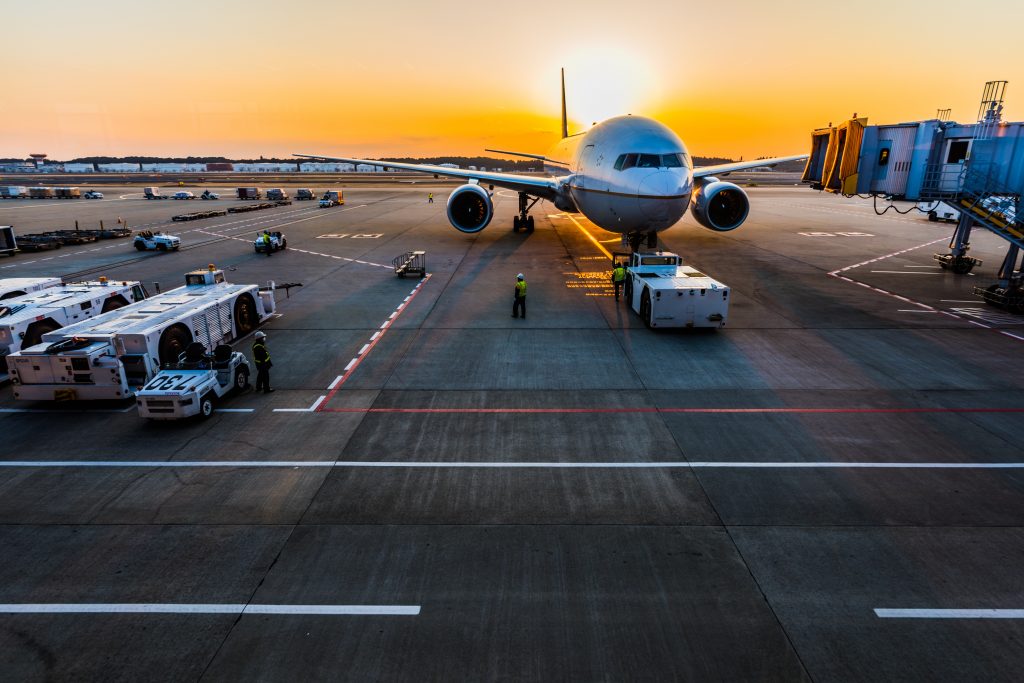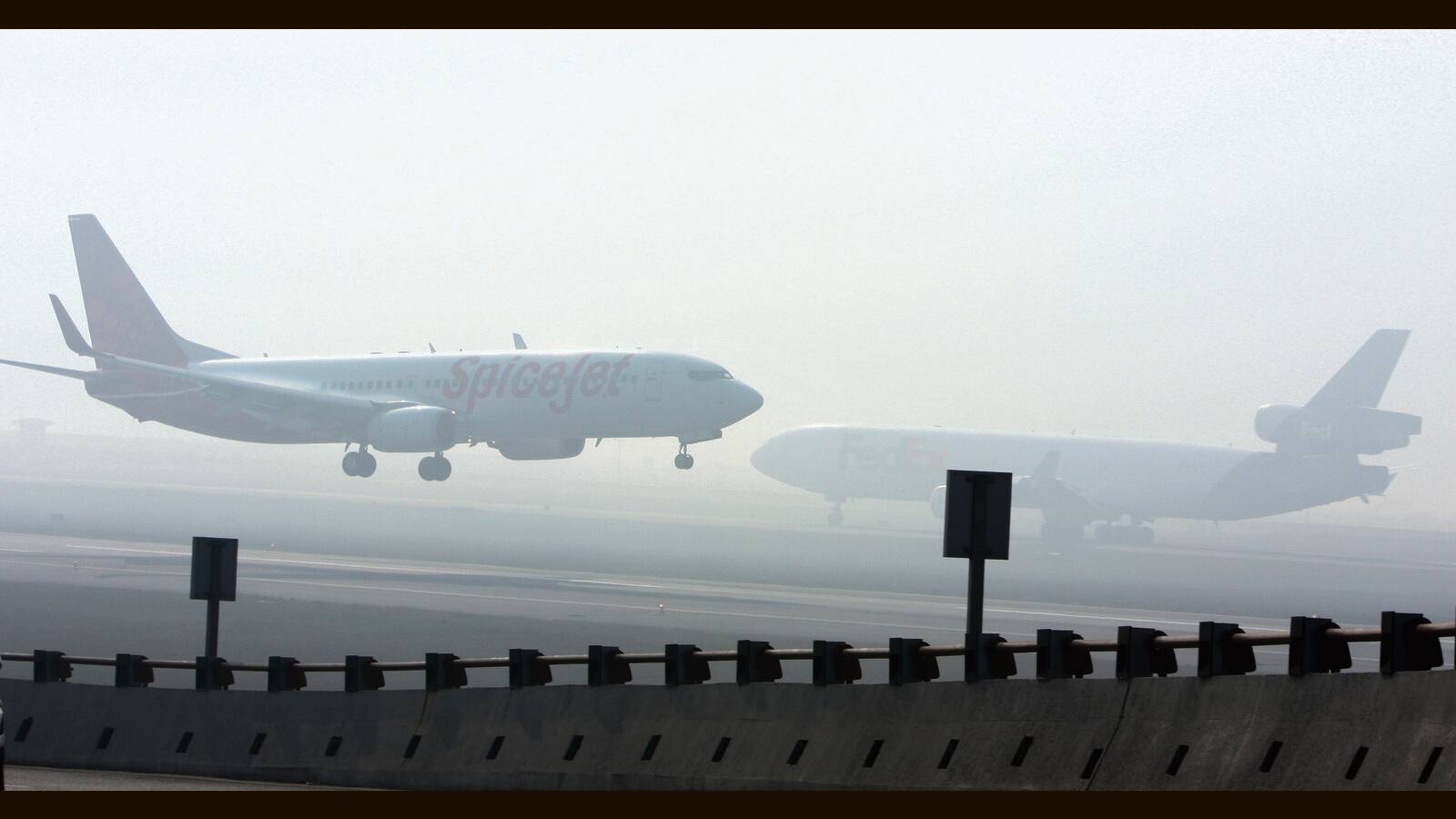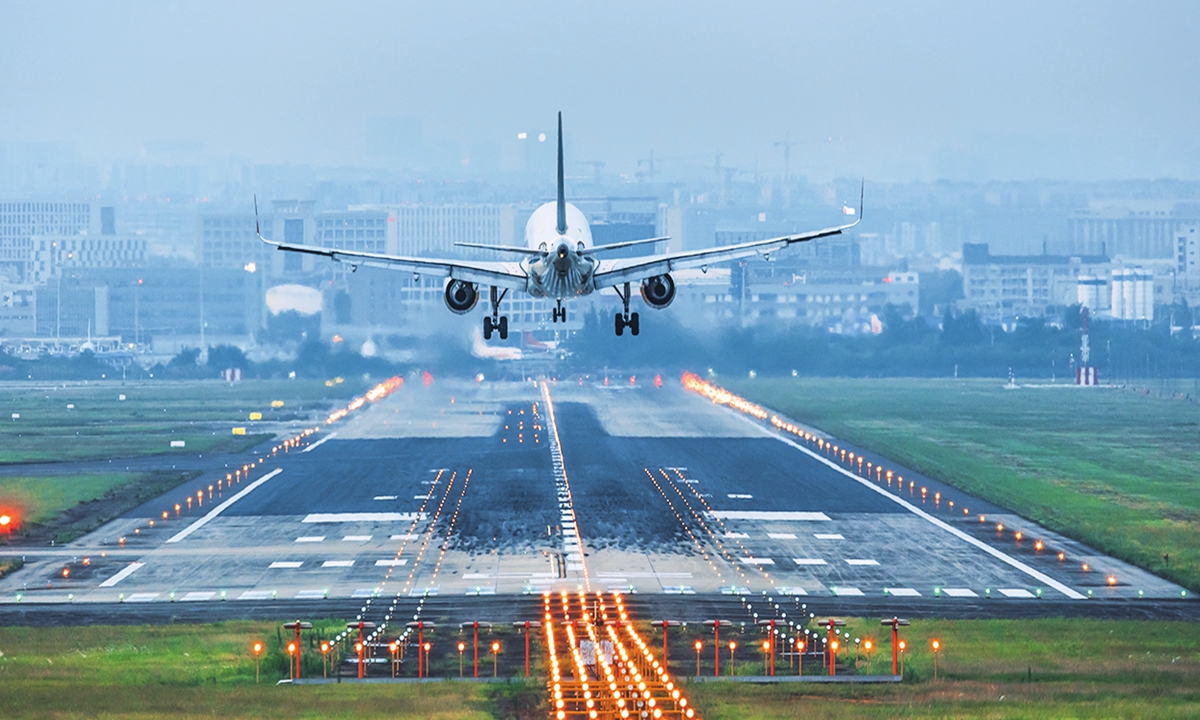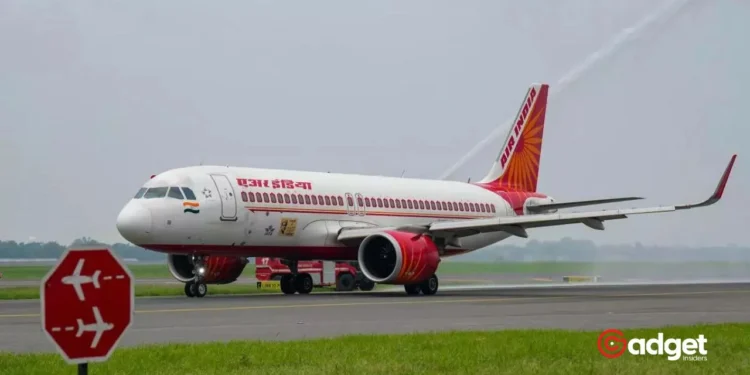As the airline industry seeks to recover from the lingering effects of the pandemic, major carriers like Southwest and American Airlines find themselves grappling with new challenges. Both airlines reported significant losses in the first quarter of the year, signaling a tough road ahead as they adjust strategies to cope with ongoing industry pressures.
This article delves into the financial struggles and strategic adjustments of these major airlines, highlighting their efforts to navigate a turbulent market.

Southwest’s Strategic Cutbacks Amid Financial Strain
Southwest Airlines, known for its extensive domestic network, reported a loss of $231 million in the first quarter.
CEO Robert Jordan highlighted the company’s proactive measures in response to their financial underperformance, stating, “We are reacting quickly to address our financial underperformance,” including limiting hiring to only critical positions and requesting employees to take unpaid time off.
This comes as a part of a broader strategy to streamline operations in light of delayed aircraft deliveries from Boeing and higher operational costs.
Southwest will limit hiring and drop 4 airports after loss. American Airlines posts 1Q loss as well https://t.co/6ykV9fZ4wT
— FOX 4 NEWS (@FOX4) April 26, 2024
In a significant shift from its usual expansionist approach, Southwest announced it would cease operations at four airports—Cozumel in Mexico; Syracuse, New York; Bellingham, Washington; and George Bush Intercontinental Airport in Houston.
This decision is framed as an effort to concentrate on more profitable locations and manage a fleet that’s smaller than planned, as the airline now expects only 20 new 737 Max 8 jets this year, down from the 46 anticipated earlier.

American Airlines Financial Challenges and Outlook
Similarly, American Airlines disclosed a first-quarter loss of $312 million, with a notable 18% increase in labor costs contributing heavily to their financial woes. CEO Robert Isom expressed optimism about the company’s path to profitability in the coming months, anticipating a return to black figures in the second quarter.
Despite the losses, American predicts earnings for the following quarter will fall somewhere between $1.15 and $1.45 per share, which is in close alignment with the expectations of other analysts.
Isom also addressed the ongoing challenges with Boeing, urging the aircraft manufacturer to enhance their production quality. Unlike Southwest, American has been less affected by Boeing’s recent production issues due to a previously bolstered fleet with new aircraft deliveries over the past years.
Market Reaction and Consumer Confidence
Despite these operational challenges, both airlines reassured stakeholders and passengers that Boeing’s publicized safety issues have not significantly impacted consumer confidence.
Southwest, operating an all-Boeing 737 fleet, noted that only a small fraction of its customer base expressed concerns about aircraft safety. The broader market response was mixed, with Southwest’s shares falling by 7% while American’s stock saw a modest increase of 1.5%.

Looking Ahead: Adapting to a Shifting Landscape
As Southwest and American Airlines adjust their operations, the industry watches closely to see how these strategies will unfold in an environment still recovering from unprecedented disruptions.
Both airlines are exploring new service and pricing strategies, with Southwest specifically considering changes in boarding and seating arrangements to enhance revenue without compromising its customer-friendly policies, such as no bag fees.
This period of adjustment represents a critical time for these airlines as they strive to stabilize their operations and prepare for future growth in a still uncertain global travel landscape. Their efforts to navigate through these challenges will not only test their resilience but also shape their trajectories in the coming years.










